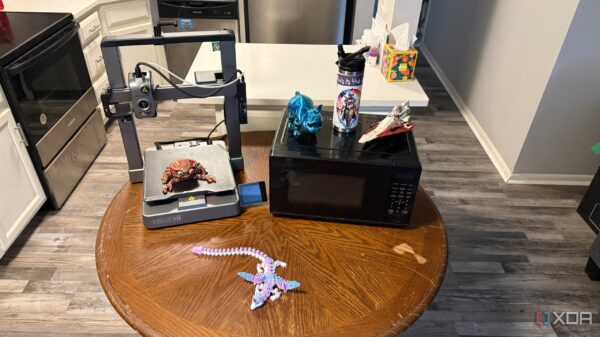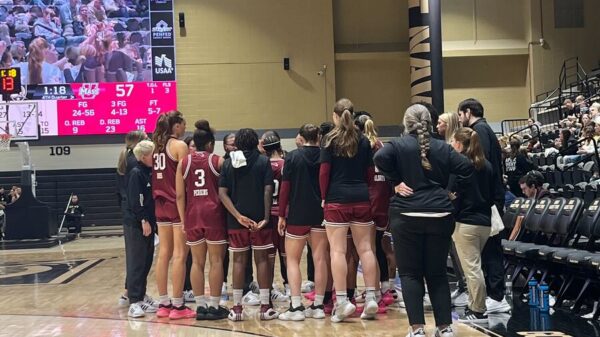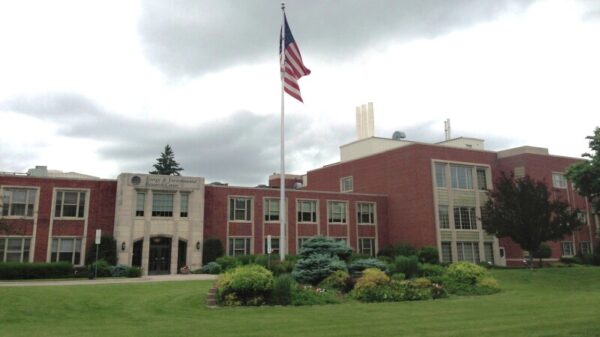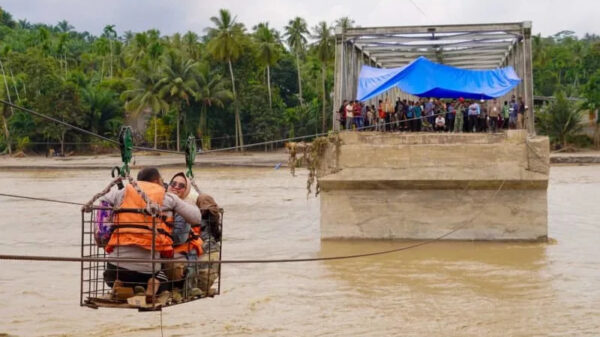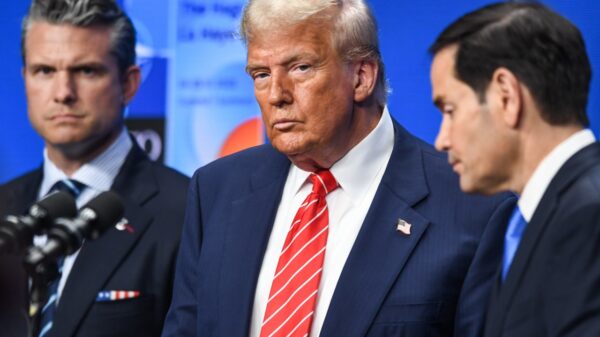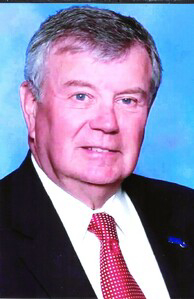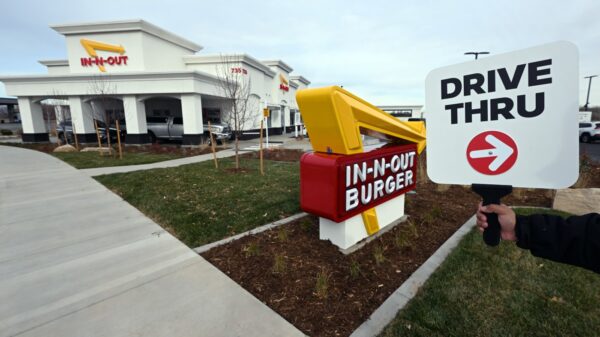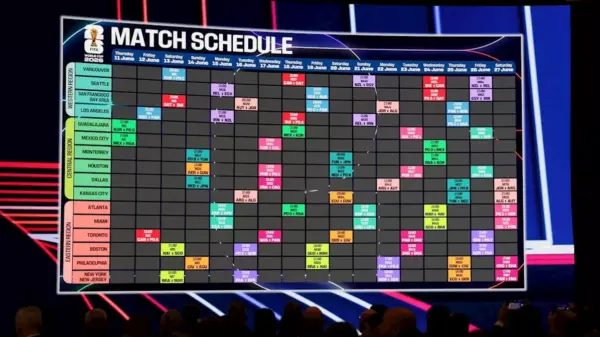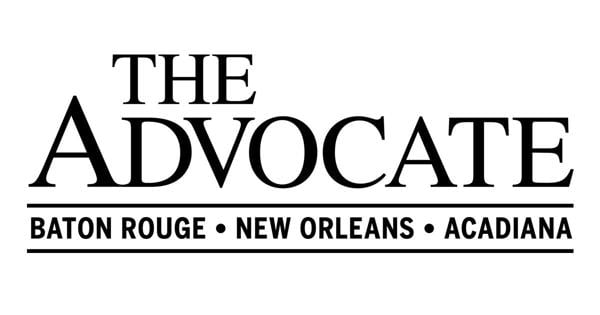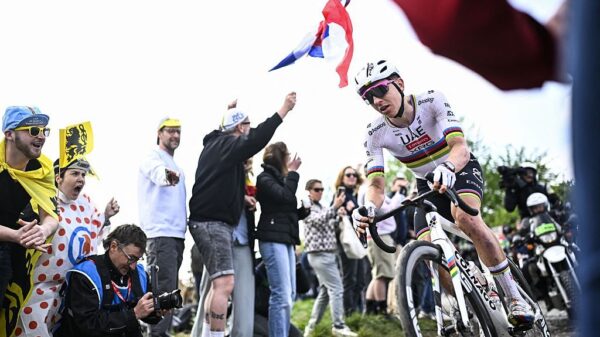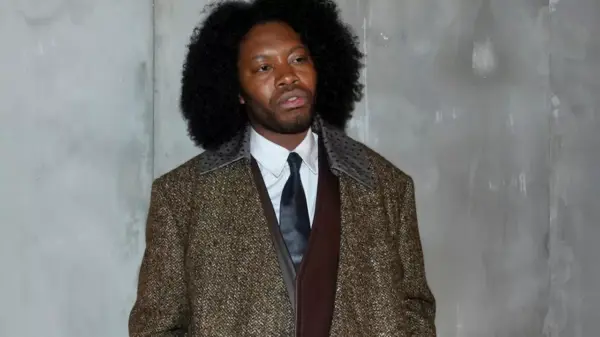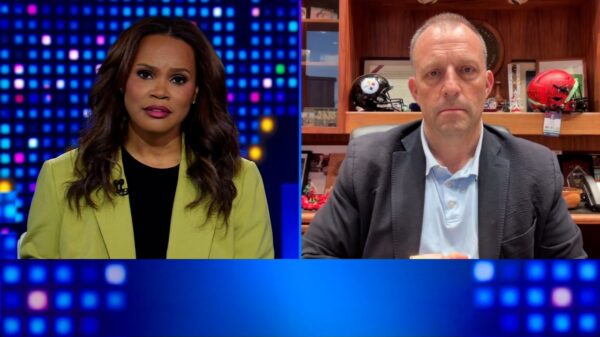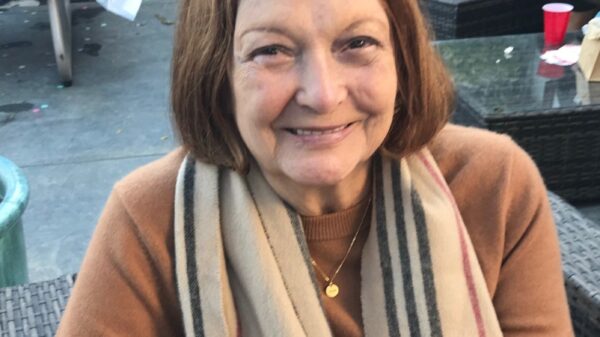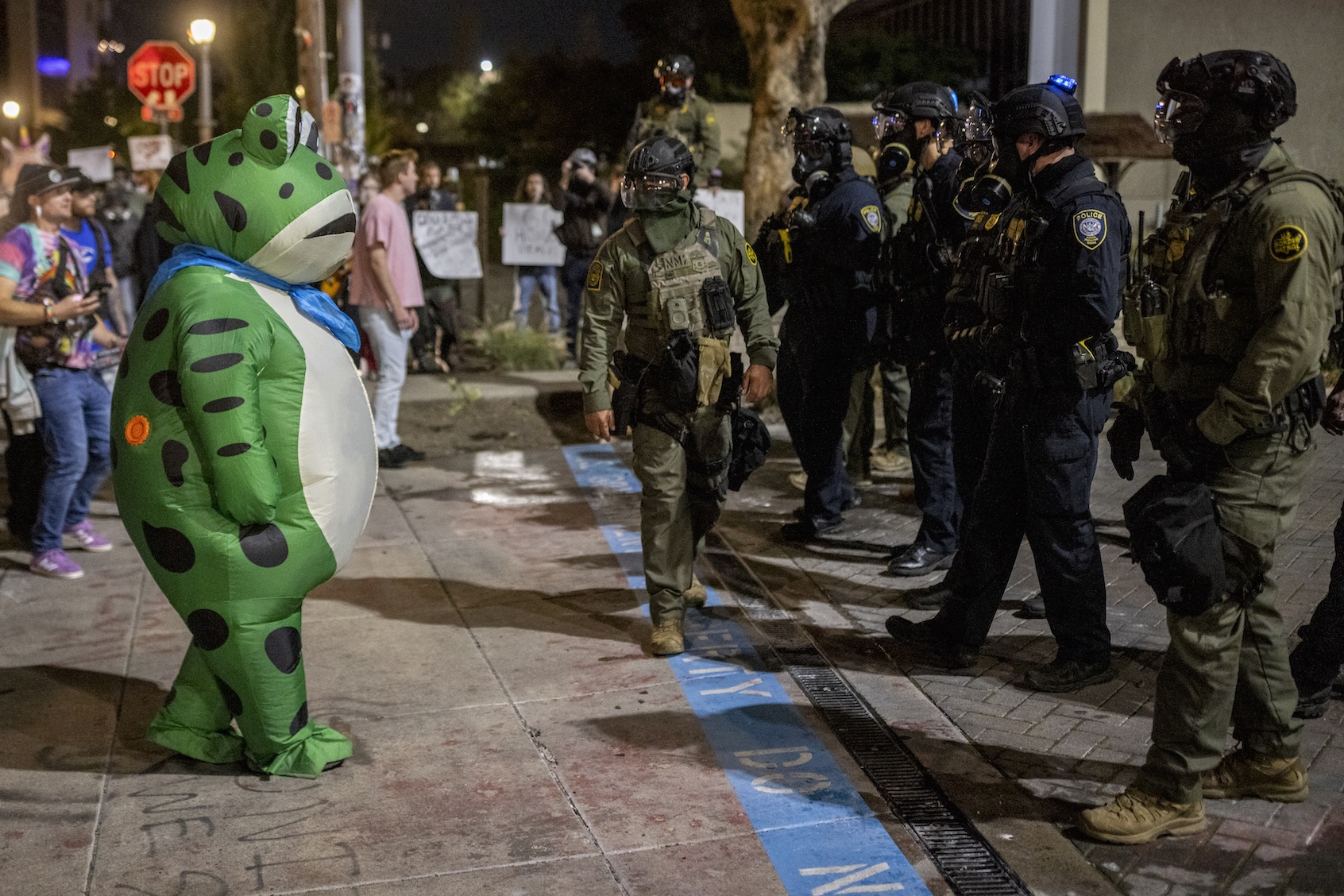When President Donald Trump announced on September 5, 2020, that he was considering sending the National Guard to Portland, Oregon, he attributed his decision to something he had seen on television. Trump described the city as being “destroyed by paid agitators,” and claimed, “What they’ve done to that place, it’s like living in hell.” This statement quickly became a source of mockery online, as residents shared images contrasting his depiction with tranquil scenes of the city.
Trump did not specify the news channel that influenced his remarks, stating only that he had seen something “today” and “last night.” The evening prior, Fox News aired a segment highlighting protests outside a federal Immigration and Customs Enforcement (ICE) office in Portland. The president later confirmed on September 27 via Truth Social that he would send troops, indicating he was “authorizing Full Force, if necessary.” During a conversation with Oregon’s Governor Tina Kotek, he claimed that, “unless they’re playing false tapes, this looked like World War II. Your place is burning down.”
A detailed review conducted by ProPublica examined months of Fox News coverage and over 700 social media clips from protesters and counter-protesters leading up to the September 4 broadcast. The findings revealed that Fox News had repeatedly misrepresented the situation in Portland, portraying a misleading narrative of chaos and violence.
Fox News Coverage Misrepresents Reality
On September 4, Fox News aired footage from previous years, including protests following the police killing of George Floyd in 2020, and falsely claimed it was from 2025. In a notable instance, the network presented footage of tear gas being deployed by police, but the images were misattributed to events at the ICE facility, rather than the actual location shown in the video. This misrepresentation included blurring out graffiti that had appeared in earlier broadcasts.
The narrative constructed by Fox News used terms such as “violent demonstrators” and “anti-I.C.E. Portland rioters,” leading viewers to believe that protesters were routinely engaging in violence. However, as ProPublica highlighted, most confrontations between protesters and law enforcement prior to the segment did not result in criminal charges against the protesters. Charges related to assault or property damage were largely limited to a period ending on July 4, 2020, and reports from federal and local authorities indicated that incidents of violence had significantly decreased since then.
Fox News did not respond to requests for comment from ProPublica, and the Department of Homeland Security was similarly unresponsive about its officers’ tactics during these events. A spokesperson from the White House, Abigail Jackson, characterized the situation in Portland as “radical violence,” asserting that Trump was taking necessary action to protect federal law enforcement officers.
Contrasting Perspectives in Portland
The portrayal of Portland in Fox News segments often deviated from the actual circumstances on the ground. For example, a September 2 segment declared “riots raging,” while footage captured a scene that did not reflect the violent behavior being described. Local police did not declare these protests as riots, which would enable a more forceful response from law enforcement.
Reports indicated that while there were periods of unrest in 2020, the protests had largely become sporadic by early 2021. Portland Police Chief Bob Day expressed concern over the negative portrayal of the city, stating, “What’s actually happening… is not in line with that national narrative. And it is frustrating.”
In the days following Trump’s announcement, Fox News continued to air footage that misrepresented the context of Portland’s protests. One broadcast showed a neighbor confronting protesters about noise, which was later revealed to have been recorded months earlier. Despite these discrepancies, the network maintained a narrative that emphasized chaos and disturbance.
The misleading coverage by Fox News not only shaped public perception but also influenced federal responses to the situation in Portland. Trump’s decision to deploy troops was significantly informed by the network’s portrayal, reflecting a disconnect between the reported narrative and the reality faced by residents.
As the complexities of the protests and the federal response unfold, the impact of media representation continues to be a crucial element in shaping the public’s understanding of events in Portland and beyond.



